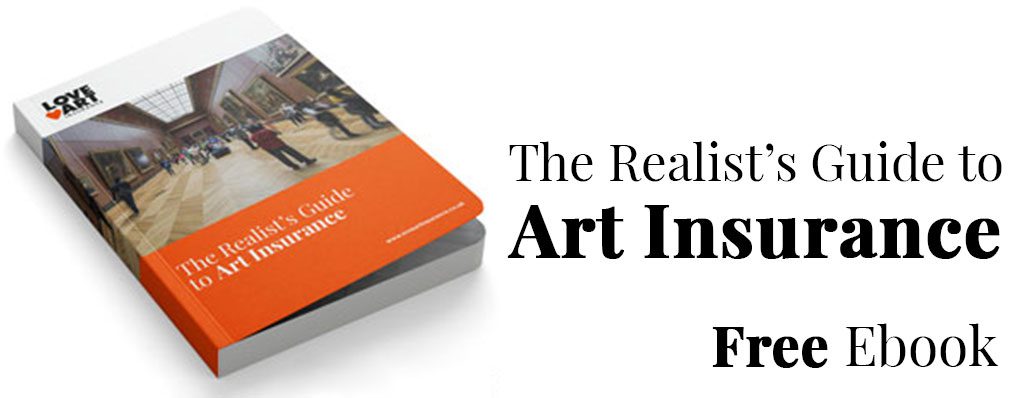The Realist’s Guide to Art Insurance

‘You mean that’s not covered already?’ Fine art insurance explained
Many people don’t realise the importance of art insurance until it’s too late.
In a handful of cases, this is due to flatout negligence on the part of the owner or collector. More often than not though, people in the art world go through crushing financial and reputational losses on account of nothing more than simple, easily-made mistakes. And many of these stem from misconceptions around art insurance policies.
That’s why we really mean it when we say it pays to know the vital importance of art insurance.
So to that end, we’re going to break it down for you in this section, and help address some common errors and points of confusion.
Home, shop or office insurance is usually not enough
Many owners of fine art presume that it will be blanket-protected by the terms and conditions of a generic form of cover for their shop, office, or home.
This is an all-too common mistake that is made by professionals working in the art world. Even by those who have been heavily involved in it for years.
The truth of the matter is that policies like these only really cover the most basic aspects of insurance, which will mean they are of low value at best.
Many shop, office and household insurance policies that claim to cover art don’t take value appreciation into account. In fact, some of these cover policies account for little more than the cost of the paint and the paper itself – when we all know that fine art is worth astronomically more than its weight.
Artists can no longer afford to overlook insurance
It’s a generalisation, but one that is largely true nonetheless – many artists still don’t realise the importance of insurance.
When you’re a creatively-minded person, the admin side of art always feels laborious, and can even feel like a process that suppresses the very air of liberation and spontaneity that makes art so beautiful.
We get it, art should in its essence be about feeling and emotion, not legalese and dotted lines. But that doesn’t mean it’s wise to cut out these processes altogether.
The long-term costs one may save by not taking out a cover policy will be quickly overshadowed by the losses incurred in the events of theft, damage, misplacement etc. Not to mention the cost of replacing or restoring said art.
Key things to remember…
Fine art is a very specialised area of insurance, and it therefore takes a very specialised response for gallery owners, collectors or businesses to get the bespoke solution they need.
The problem is that most insurance companies simply aren’t going to provide you with the best terms and conditions for your needs, but that won’t necessarily stop them from trying to sell you a generic policy.
You need to be armed with the knowledge of what terms and conditions are best for you.
So what’s most important first and foremost is that you insist on working with a provider that has an understanding of art. Not just of its inherent vulnerability and fragility, but a general familiarity with the routine functions of the art marketplace.
It can also help to educate yourself on potential pitfalls in this area (like you’re doing now…be sure to do more of this), and how generic forms of art cover do not protect art in the ways that it should.
Armed with the right knowledge, you can push for better insurance terms relative to the premiums you pay, and most importantly, rest assured that your best interests are protected.
As a final takeaway, just remember that fine art work requires protection from a number of different factors.
An art insurance policy worth its salt must take the following into consideration:-
Accidental damage
Natural disasters
Theft
Accidental damage incurred away from home
Damage incurred in transit
Damage incurred in storage
The best policies will offer ‘all risks’ cover.
Points of consideration for the digital age
A good deal of contemporary, high value art is now created digitally. And this is a rapidly growing area which provides a whole host of new challenges for many art insurers.
Artists that make regular use of digital equipment should be diligent and factor potential loss or damage of their digital equipment to their policy too.
Cameras, laptops, projectors and everything in between are expensive pieces of equipment that can easily be damaged, or lost. It is wise therefore to ensure you take out cover for these individual items.





